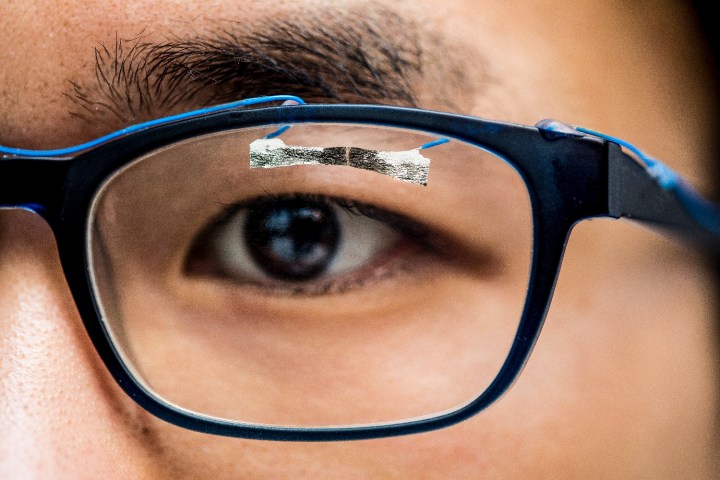Engineers at the University of Washington have successfully created a new type of wearable sensor out of tissue paper, similar to toilet tissue, that’s capable of detecting a person’s pulse, the blink of an eye, and other human movements. The Band Aid-sized sensors are light, flexible, inexpensive — and demonstrate just how far removed today’s smart sensors are from the expensive bulky sensors that were needed to do the same job just a few years back.
“When tissue paper coated with carbon nanotubes is stretched by a designed length, the cellulose fibers coated with nanotubes are fractured and reoriented to form crossbar junctions near a crack,” Jinyuan Zhang, a graduate student who worked on the project, told Digital Trends. “The junctions create highly sensitive resistive and capacitive sensors. The resistive sensors can be used to measure strain, force, and pressure. The capacitive sensors can be used to measure force, pressure, and non-contact displacement. The sensors can [also] be used to measure heart beats, finger movement, eyeball movement, and other human behavior.”
The sensors change their functionality based on where they are placed on the body. To trace eye movement, for example, they can be attached to a user’s glasses.
Zhang said that they could be used in various applications, ranging from healthcare to gaming. In the case of healthcare, for instance, the team’s sensors could help diagnose brain damage by tracking functions like walking. The wearable sensors could also be used as input devices linked to specific functions — such as an eye blink being used as a remote control. In gaming, meanwhile, the sensor could be used to creative more intuitive input controls. For example, it would be possible to arrange it so that different signals are produced depending on how hard a person squeezes a controller. This could then trigger different effects, such as how far the ball is kicked in a soccer game.
“The next step of the research is to discover the potential of a tissue paper sensor in physical, chemical, and biological sensing, to develop prototypes for a gait sensor or an eyeball monitoring sensor, and to find a niche market where this sensor can be launched,” Zhang said. “My research group is currently working with Comotion at University of Washington to find a commercialization opportunity.”
A paper describing the work was recently published in the journal Advanced Materials Technologies.



